Unlock the Potential of Your Space: Designing a Modern Kitchen in South Africa
Embracing Minimalism: Why White and Black Tables Are Kitchen Design Staples
The Aesthetic Appeal of High-Contrast Furniture
High-contrast furniture adds a bold touch to modern kitchens. Black and white tables are perfect for this look. They create a strong visual impact without being overwhelming. These tables can make your kitchen look sleek and stylish.
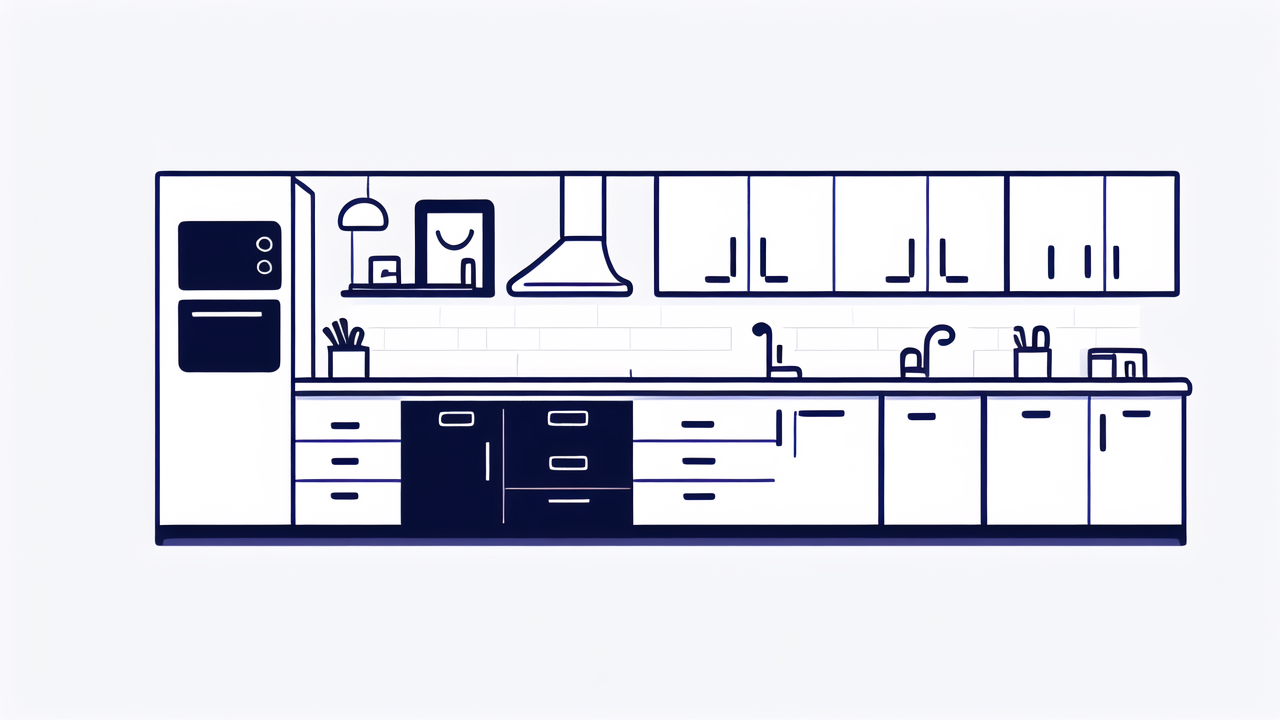
Black tables add depth to a room. They create a sense of grounding and sophistication. White tables, on the other hand, bring light and openness. When used together, they create a balanced and harmonious look.
The simplicity of black and white allows for easy mixing with other colors. You can add pops of color through accessories or wall paint. This makes it easy to change your kitchen's look without replacing the main furniture pieces.
How White and Black Tables Complement Modern Kitchen Decor
White and black tables fit perfectly in modern kitchens. They match the clean lines often seen in contemporary designs. These colors work well with many materials used in modern kitchens, like stainless steel or glass.
In an all-white kitchen, a black table can be a stunning focal point. It draws the eye and adds interest to the space. In a darker kitchen, a white table can brighten the area. It creates a nice contrast and balance.
These tables also pair well with various kitchen styles. They can complement industrial, minimalist, or even traditional kitchens with a modern twist. The versatility of white and black tables makes them a smart choice for any kitchen makeover.
The Role of Color Psychology in Kitchen Furniture Selection
Colors can affect our mood and behavior. This is important to consider when choosing kitchen furniture. White is often associated with cleanliness and purity. It can make a kitchen feel more spacious and hygienic.
Black, on the other hand, is linked to sophistication and elegance. It can create a cozy atmosphere in larger kitchens. When used in moderation, black adds depth without making the space feel small or cramped.
The combination of white and black creates a balanced energy in the kitchen. It can promote focus and efficiency while cooking. This color duo also stimulates appetite, making it great for dining areas. Consider how you want to feel in your kitchen when choosing your table colors.
Space-Saving Solutions: Utilizing White and Black Tables Effectively
Maximizing Small Kitchen Spaces with Sleek Lines
In small kitchens, every inch counts. White and black tables with sleek designs can help save space. Look for tables with slim profiles and simple shapes. These take up less visual space, making your kitchen feel bigger.

Round tables are great for tight spaces. They allow for easy movement around them. Consider tables with built-in storage options. Some have shelves or drawers underneath. This gives you extra space to store kitchen items.
Folding or extendable tables are also smart choices for small kitchens. They can be compact when not in use. But they can expand when you need more space. White tables can make a small kitchen feel more open. Black tables can add depth without overwhelming the space.
Versatility of White and Black Tables in Multifunctional Kitchens
Modern homes often need spaces that serve multiple purposes. White and black tables are great for this. A kitchen table can be used for cooking, dining, and even working. Choose tables with durable surfaces that can handle different activities.
Bar-height tables with stools are versatile. They can be used for dining or as extra counter space. Tables on wheels are also useful. You can move them around to suit your needs. This is perfect for small spaces that need to adapt quickly.
White tables are good for tasks that need good lighting. They reflect light well. This is helpful for reading recipes or working on a laptop. Black tables are better at hiding stains and marks. They're great for messy activities like kids' crafts or art projects.
Balancing Functionality with Style in Kitchen Layout Design
When designing your kitchen, balance is key. White and black tables can help achieve this. Use them to create different zones in your kitchen. A white table could be for dining. A black table could be for food prep or as a coffee station.
Think about how you move in your kitchen. Place tables where they won't block pathways. Make sure they don't interfere with opening appliance doors. In L-shaped or U-shaped kitchens, a central table can act as an island for extra workspace.
Lighting is important too. White tables reflect light, making spaces brighter. Black tables absorb light, creating cozy spots. Use this to your advantage when planning your kitchen lighting. The right placement can make your kitchen both stylish and functional.
From Purchase to Placement: Tips for Selecting Your Tables
Choosing the Right Materials for Durability and Maintenance
When choosing white and black tables, think about materials. For white tables, quartz or laminate are good options. They resist stains and are easy to clean. For black tables, dark-stained wood or black metal can look great and last long.

Consider your lifestyle when choosing materials. If you have a busy home, pick materials that are tough and easy to clean. For a more luxurious look, marble or glass tops can be beautiful. But they may need more careful handling.
Don't forget about the table base. Metal bases are durable and look modern. Wooden bases add warmth to your kitchen. Choose materials that match your decor and can handle daily use in a busy kitchen environment.
Strategies for Arranging Furniture in Your Kitchen
Arranging your tables well can make your kitchen more functional. Start by looking at the main paths in your kitchen. Make sure your tables don't block these areas. In small kitchens, consider pushing a table against a wall when not in use.
Use your tables to create zones in your kitchen. A black table could be for a coffee station. A white table could mark the dining area. Use rugs or lighting to highlight these zones. This helps organize your space and makes it easier to use.
Try mixing different styles. A black table with white chairs can look interesting. Or try a round white table with a rectangular black one. This adds variety to your kitchen's look. Don't be afraid to experiment with different combinations to find what works best.
The Importance of Ergonomics and Comfort in Kitchen Table Selection
Comfort is crucial when choosing kitchen tables. Make sure the table height is right for you. Standard dining height is about 30 inches. Counter height is around 36 inches. Choose based on how you'll use the table most often.
Think about the chairs or stools that go with your table. They should fit neatly under the table when not in use. This saves space. Make sure there's enough leg room for comfortable seating. For high tables, stools with footrests are more comfortable.
Remember that comfort is more than just seating. The table edge should be smooth. This prevents discomfort during long periods of use. If you'll use the table for food prep, a slightly lower height might be better. Prioritizing comfort will make your kitchen more enjoyable to use.
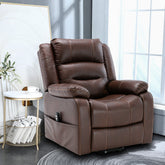

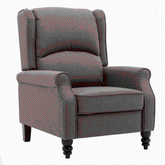

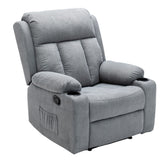

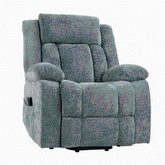

Leave a comment
All blog comments are checked prior to publishing